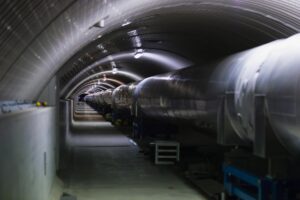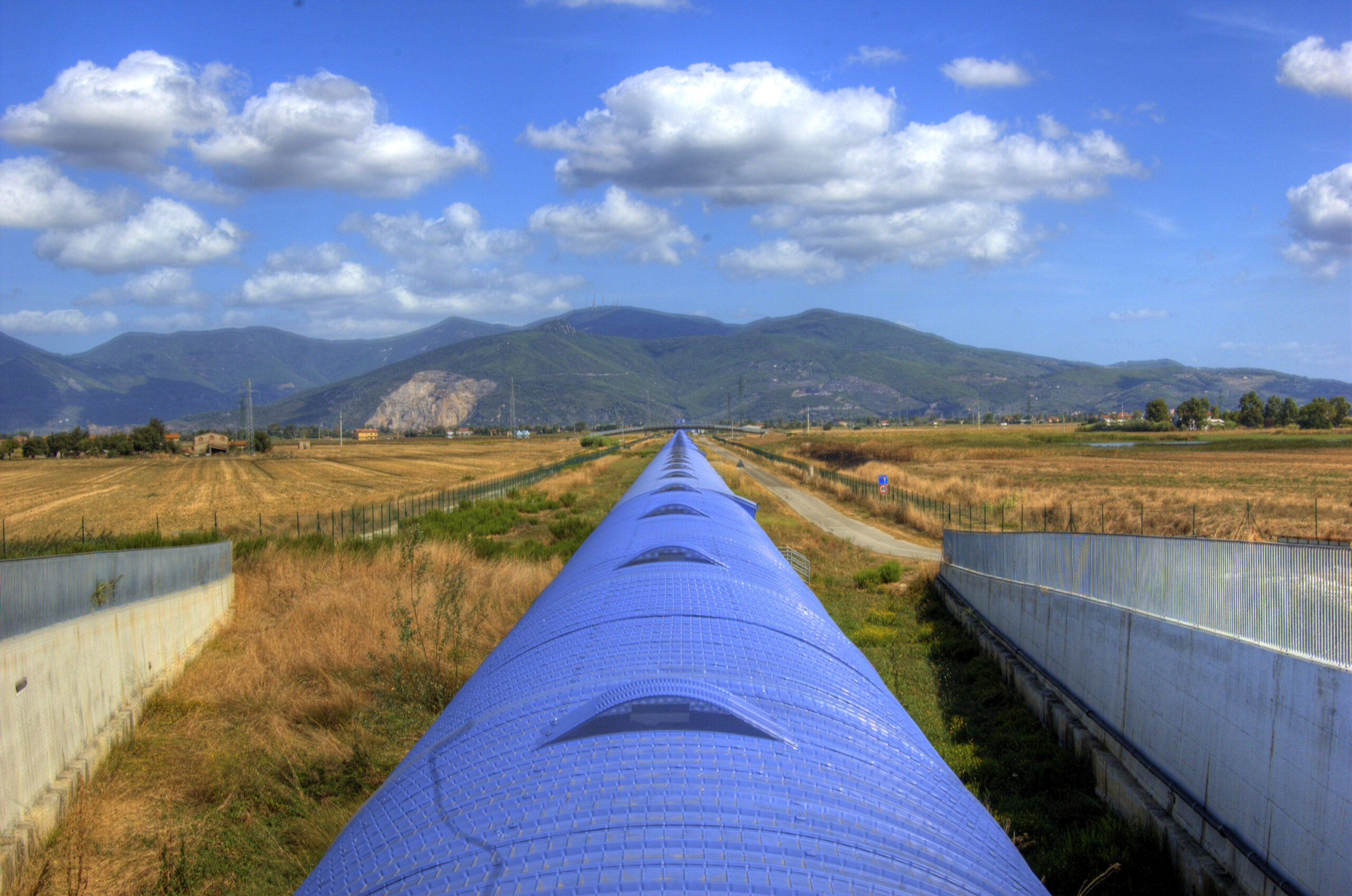The gravitational wave detectors LIGO in the US and Virgo in Italy are given the Milestone designation by the international engineering union IEEE. On February 3, the corresponding plaques will be unveiled at the three detector sites in Hanford and Livingstone, and Cascina near Pisa.
This was announced this week by the union of more than 423 thousand members worldwide. With the Milestones, the union honors technical achievements that changed the world, from wireless radio (Marconi) to the transistor (Bell) to Philips’ compact disc.
Gravity wave detectors in the US and Europe are the 213th milestone in modern engineering history awarded by the IEEE. Nikhef is the Dutch partner in the Virgo project, which has been built since 1997.
The detectors are antennas to pick up the vibrations of spacetime predicted by Einstein’s 1916 Theory of Relativity. This involves using lasers to measure extremely precise the variations in distance between mirrors at 3 kilometer (Pisa) or 4 kilometers (America) apart. The technique of the huge L-shaped detectors was developed from 1970 onwards and is still being refined, including by Nikhef.
In February 2015, the two LIGO detectors recorded a gravitational wave for the first time, which turned out to come from two colliding black holes in the universe. Since then, Virgo also came on line and dozens of such waves have been observed.
In 2017, LIGO and Virgo were at the forefront of so-called multimessenger astronomy, when for the first time waves from two colliding neutron stars were measured and observed simultaneously with light telescopes.
Also virtually present at the unveilings next week will be the winners of the 2017 Nobel Prize in Physics, Kip Thorne, Barry Barish and Ray Weiss.
Also at the unveiling will be KAGRA, Japan’s new underground gravitational wave detector that will come in operation soon. In Europe, work is underway on a new, even larger detector, the Einstein Telescope with 10-kilometer underground arms, which may be realized in the border region in Zuid-Limburg province.

